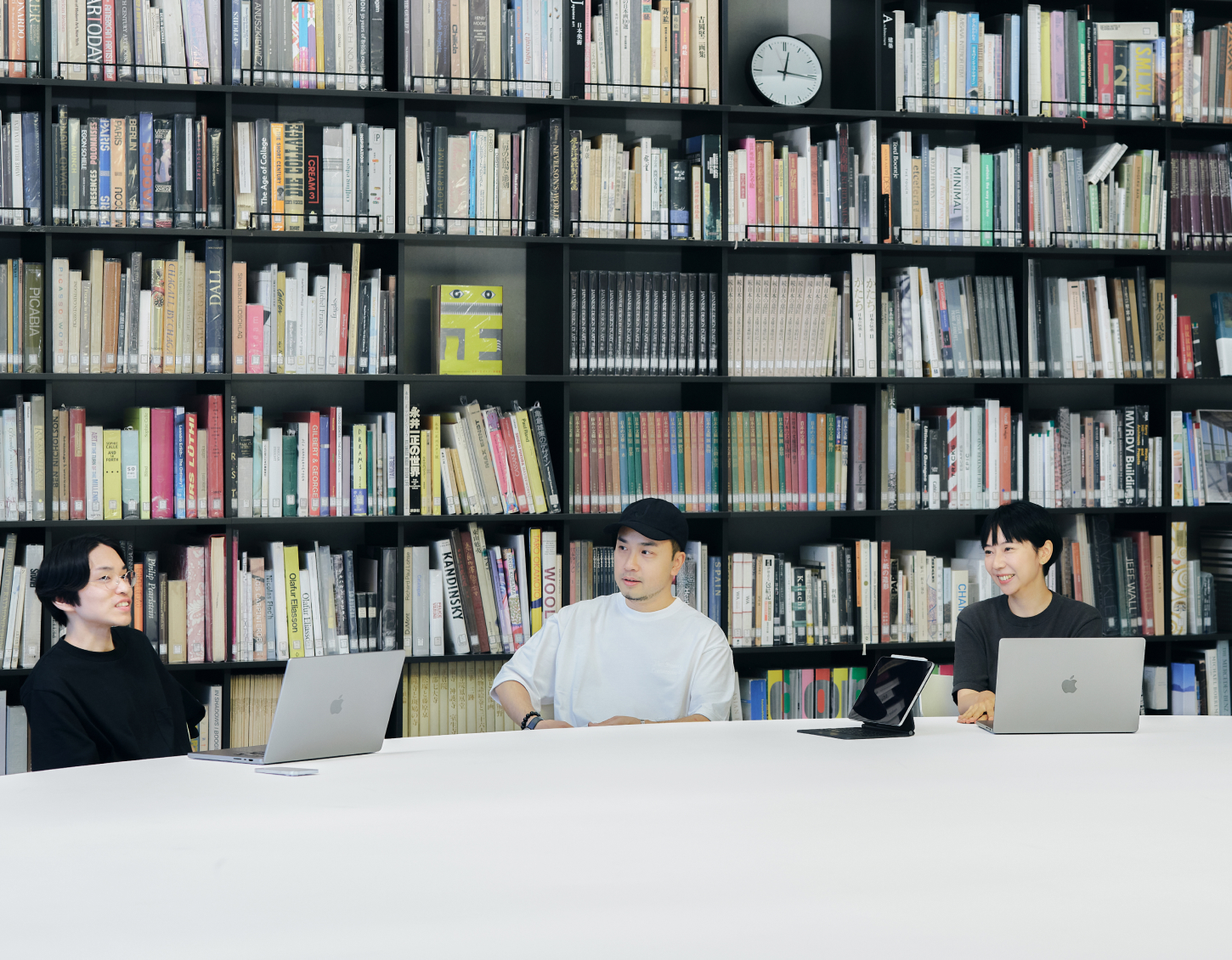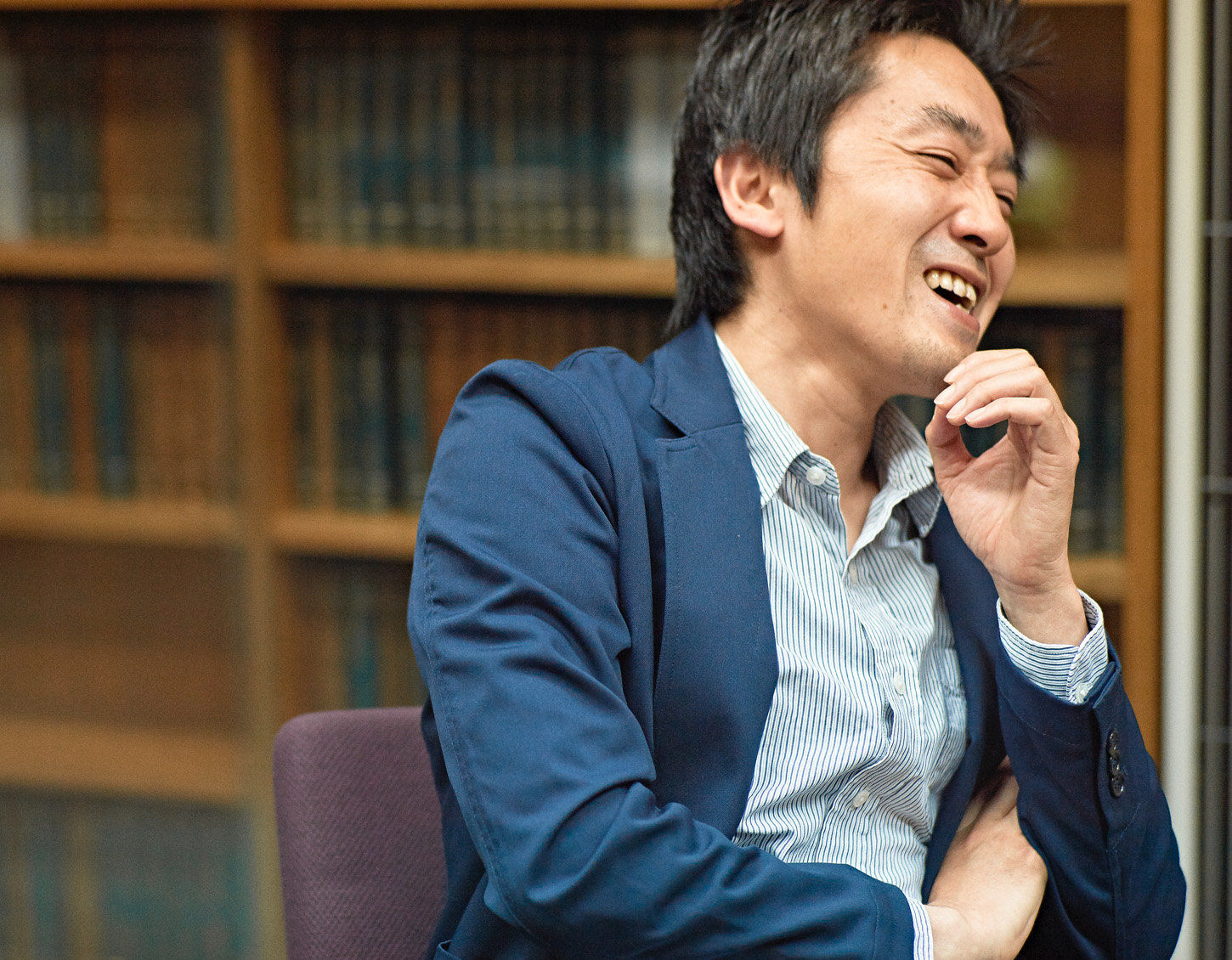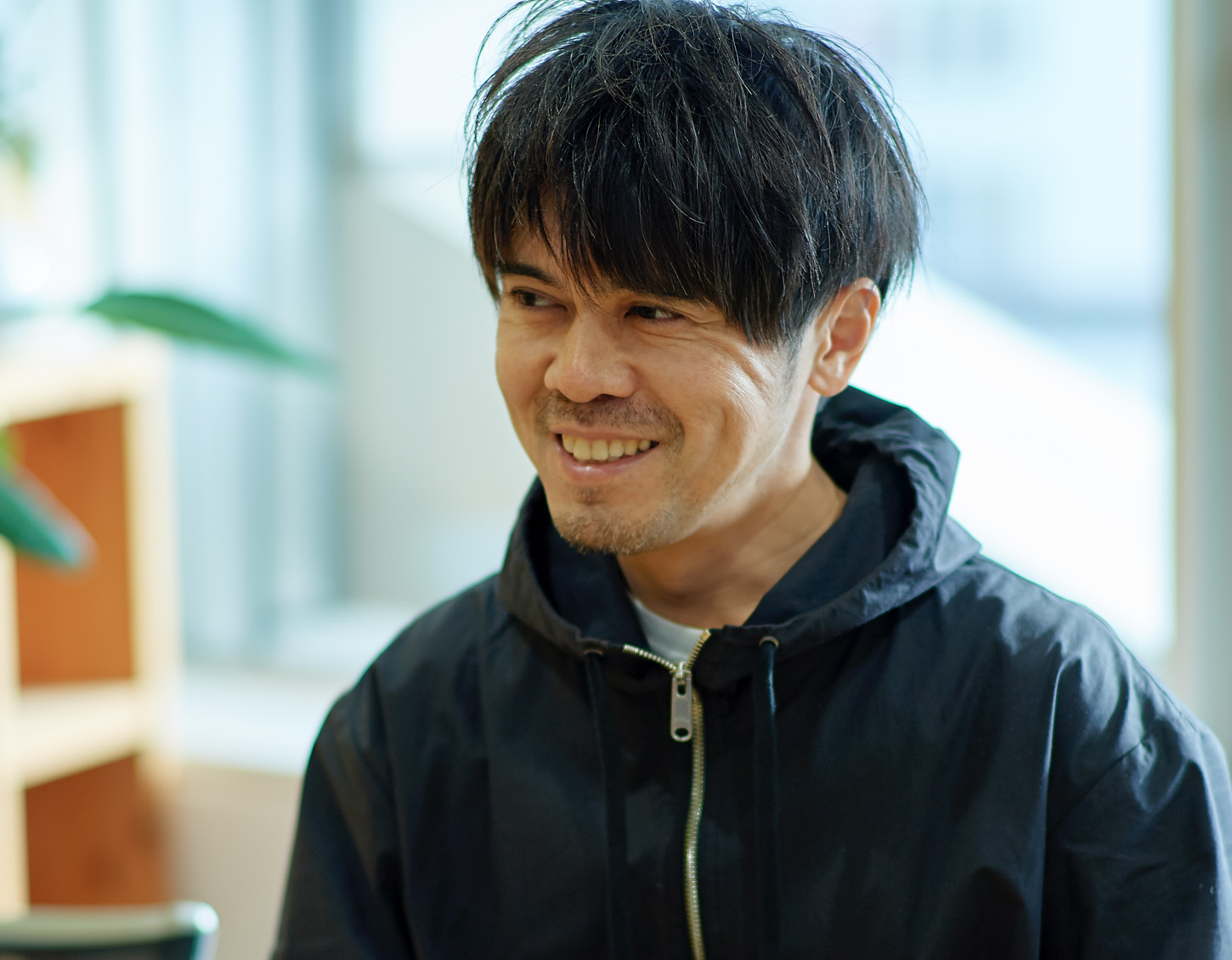Denmark and Tokyo, The Cement Linking the Two.
Vol.2 “All about work”
Event Date : 2017.04.20
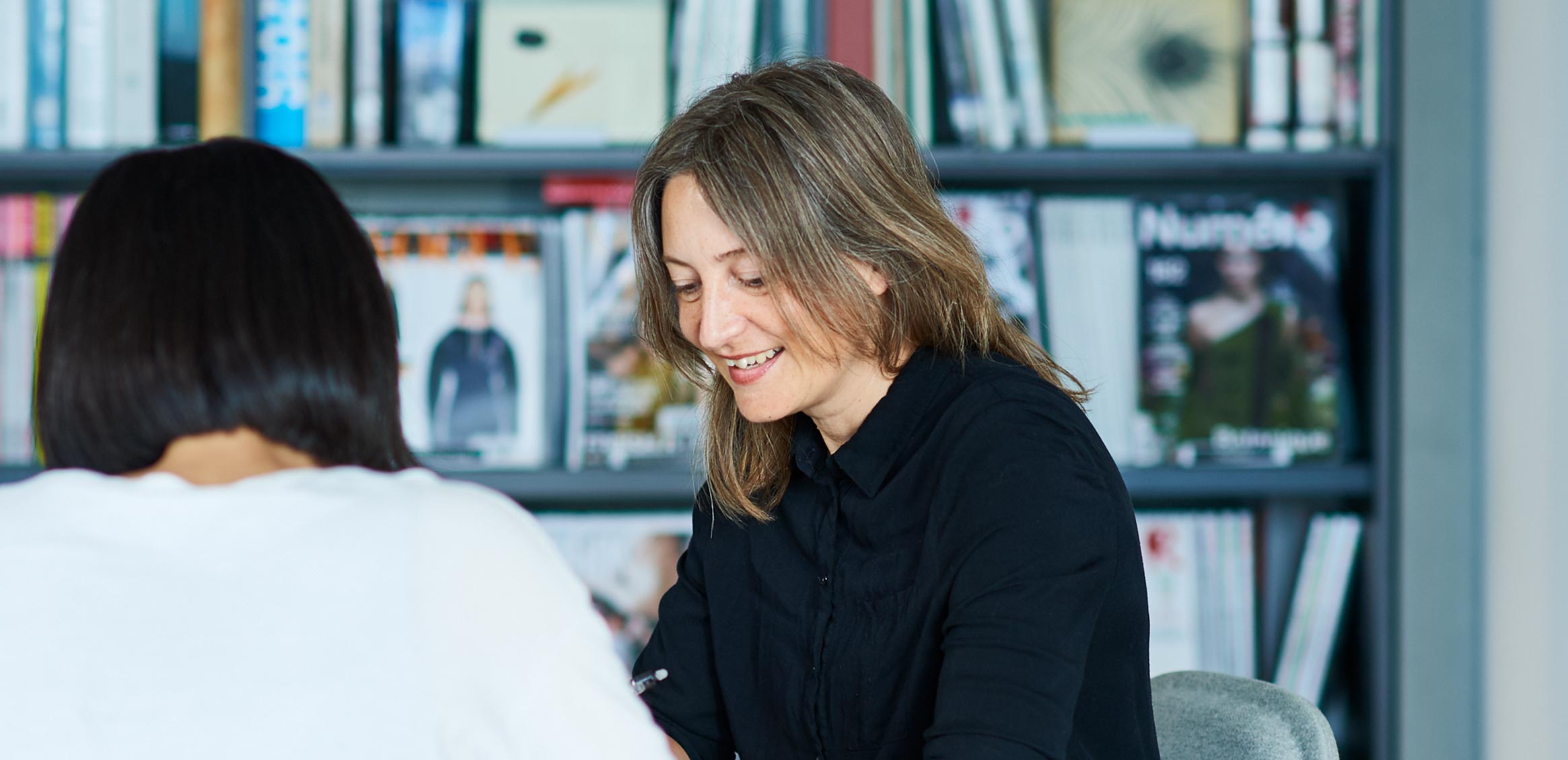
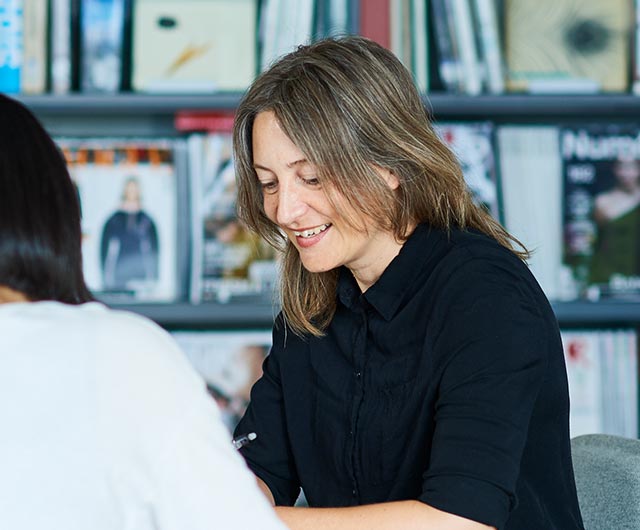
Denmark is considered one of the happiest countries in the world, based on its high ranking in the World Happiness Report survey. Helene Øllgaard came to work at the Nippon Design Center (NDC) from the local design company Kontrapunkt as part of the ‘employee exchange program’. Listen to her experiences in this four-part series. The second part covers the approach to work in Denmark, known for its comprehensive welfare system. We discuss issues such as balancing work and home life, ensuring individual projects progress efficiently and the differences in the work approaches employed in Tokyo and Denmark respectively.
What is World Happiness Ranking?
In the ‘World Happiness Ranking’ announced by the United Nations, Denmark was No. 2 in 2017 (having held top spot until FY 2016). In FY 2017, Norway ranked 1st, while Japan ranked 51st. This ranking indicates the degree of happiness and unhappiness with life using seven indicators subject to correlation analysis, namely: real per-capita gross domestic product (GDP), social support, healthy life, reliability, freedom of life selection, tolerance, perception of corruption. ‘WORLD HAPPINESS REPORT 2017’.
What is the NDC Employee Exchange Program?
NDC operates a training program based on an exchange period of study abroad between NDC and overseas design companies, which centers on front-line work and intended to widen participants’ perspectives and boost their skills. From March to June 2017, as well as a project manager from Kontrapunkt design company in Denmark, Helene Øllgaard, designer Sandro Kvernmo also came to Japan to work for NDC. In return, one designer and one producer from NDC went in the opposite direction, to Kontrapunkt in Denmark, in March and June the same year respectively.
Denmark: where work and home life are balanced.
Denmark: where work
and home life are balanced.
and home life are balanced.
──────
With three children, how do you balance the demands of home and work when in Denmark?
Helene
I -like in all families in Denmark-cooperate with my husband when it comes to housework and caring for the children. Before major presentations, of course, we prioritize work, but basically it is family first and we adapt depending on the situation, for example, when my husband is particularly busy, I go home early and work from home, while looking after the children.
The work also tends to be flexible, which makes it easier to take a break and the working time might be 6 hours or 10 hours, depending on the day. We have longer holidays than Japan and over a year, get about 6 weeks off (*1). You may well think Denmark sounds like heaven when I tell you that, but considering what to prioritize to gain free time can be surprisingly difficult too.
*Annual paid vacation of at least 5+1 weeks (25+5 days) in Denmark. 40 hours per week for general workers, compared to 37 in Denmark.
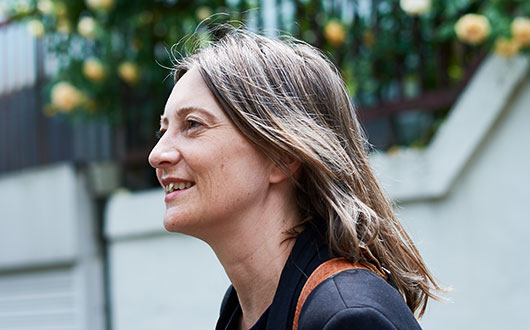
Helene Øllgaard
Project Manager
Born in 1972 in Billund, Denmark; famous as the home of Lego and graduated from Aarhus University’s Master of Arts programme in 2001 in Art History and Culture. In 2001, she moved to Copenhagen to become an independent curator, followed in 2003 by work as a curator and project manager for the artistduo Bosch & Fjord. Joined Kontrapunkt in 2008 and is currently Senior Project Manager and Business Area Manager of the space design division. She visited Japan as part of an exchange program; accompanied by her husband and three children aged 4, 11 and 14.
Her main tasks at Kontrapunkt have included ARKEN Museum of Modern Art, the Ny Carlsberg Glyptotek museum, design work for University of Southern Denmark and the Nordic Culture Fund.
──────
What is your typical daily schedule in Denmark?
Helene
I get up by 7 am and I’m doing the school run with my kids at 8. At 8:30 I go to the office and work, then take a 30-minute lunch break or at busy times, sometimes I have a meeting while having lunch. Afternoons see us pick up the children between 3 and 5 and cook at home, or sometimes dine at a friend’s house. When I leave the company early, I tend to tidy up that day’s work in the evening at home.
──────
In Denmark, I heard that the back-up system to ensure a proper balance between child-raising and work is also well established.
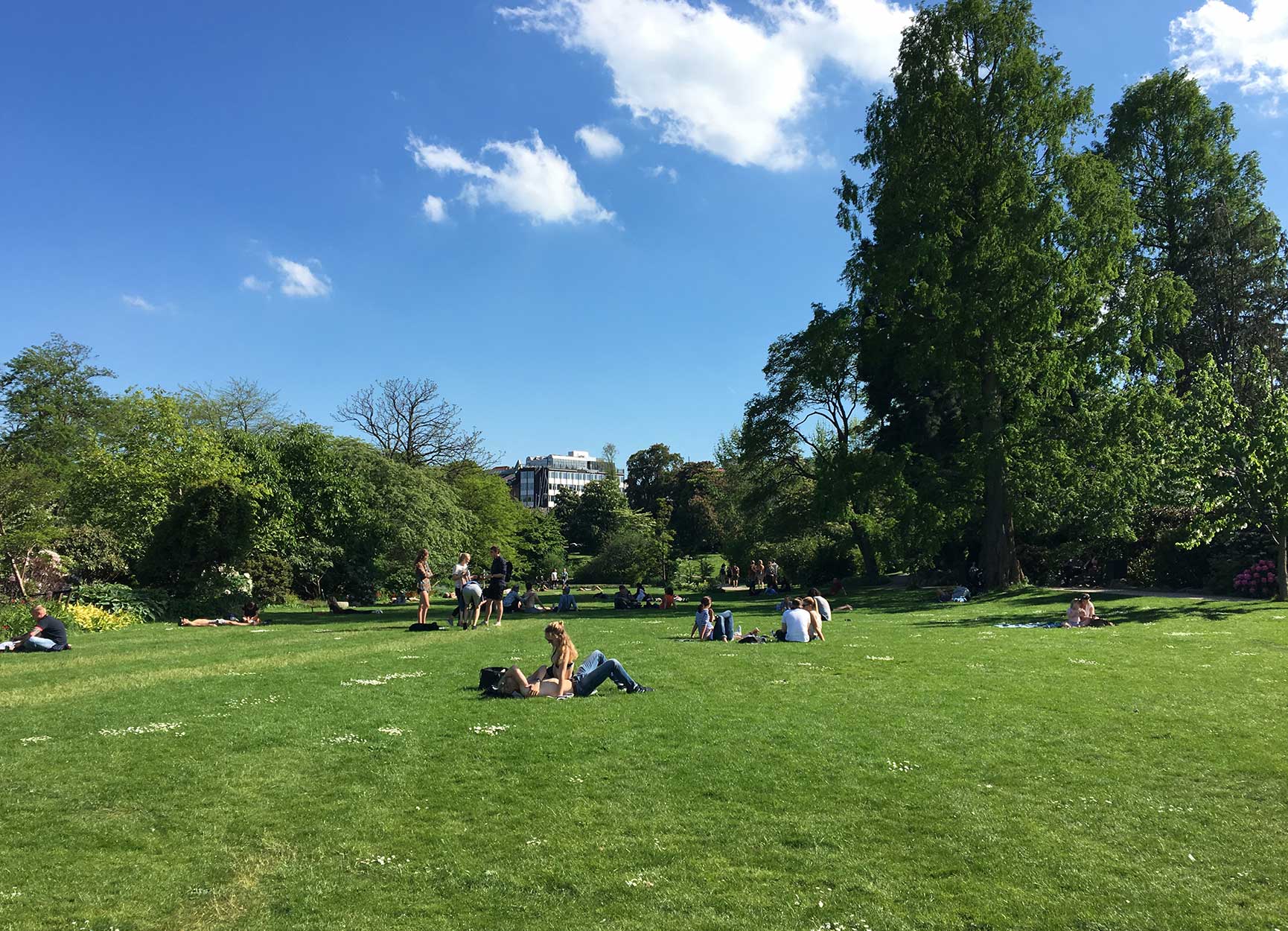
Helene
I have been off work for maternity leave a year, during which time I have always received an allowance, either from the company or the government. In my case, I got a full company salary for the first four months and then I received a subsidy from the government. When the child reaches 1 year of age, I can use a nursery and then return to work.
Danish men also want to engage in child-raising and my male colleagues also take shortere paternaty leave. We have a set-up so parents can share one year leave the way they want and in that way balance the child-raising duties.
──────
Is the work environment different?
Helene
Both Kontrapunkt and NDC have a central downtown location, but one difference is the numerous meeting rooms in the Kontrapunkt office, which can also double up as project rooms. For example, even where projects involve the use of numerous panels, the set-up is such that you can do the work, leave it in the meeting room and then return to it as required. Limited space in Tokyo means fewer meeting rooms, which makes it hard for NDC to put up and take down panels each time.
I was also surprised to find each desk separated by partitions. In privacy terms, I think it is great, but when such partitions are not there, people can share a range of information and communicate more easily. At Kontrapunkt, people also have their own desks, but without any partitions like at NDC. Even senior members perch themselves at the corner of an empty desk and join hands, working together in an open environment.
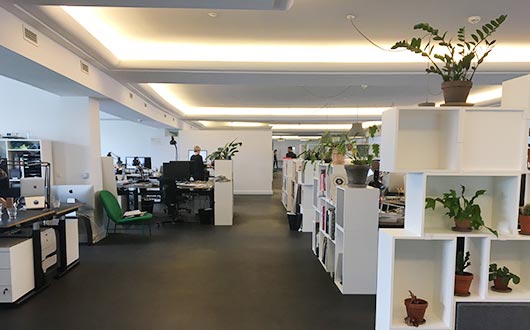
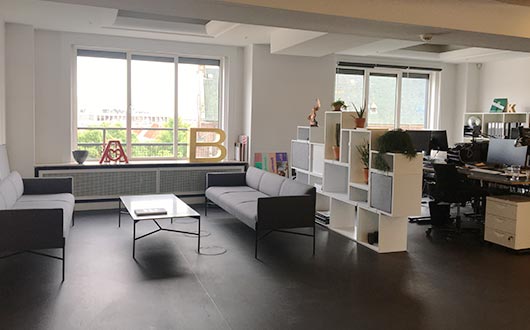
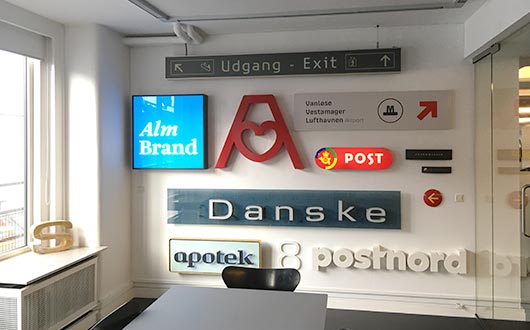
──────
How about communication?
Helene
Because everything is in Japanese, there are words that escape me, but the approach to communication is the same. From what I see, everyone seems to be working in a very relaxed way and the fact that those around me would spontaneously try and interpret for me and welcome me was a nice surprise.
How does the work approach differ between Denmark and Tokyo?
How does the work approach differ
between Denmark and Tokyo?
between Denmark and Tokyo?
──────
In Kontrapunkt, how many projects do you usually have on the go?
Helene
Around 10-12 projects in progress at the same time. I am always in charge of around five projects and if we assume 1-3 project per client, sometimes you have to push forward with multiple projects simultaneously. Some of them last for three months, others for a year and the degree of your involvement also varies according to the project.
──────
Please explain which projects you are currently handling with NDC.
Helene
Work for a Hong Kong-based co-working space as well as projects involving consideration of new tourism initiatives in Japan and Hitoyoshi town in Kumamoto Prefecture. I am also promoting sessions for NDC’s in-house producer.
──────
In specific terms, what kind of involvement do you have?
Helene
For the co-working space project, we are creating logos and signs for buildings, consulting with designers in the process. For new tourism project for Japan, meanwhile, we are rolling out the entire process. As facilitator, looking at which type of people seek which kinds of services and working with team members to go forward discussing customer journeys and persona configuration in meetings. For the Hitoyoshi project, I joined the team to provide a fresh overseas perspective and qualify the creative process from branding perspective.
At Kontrapunkt, as Project Manager on the one hand, I directly exchange information with clients and take on responsibility whereas despite the short working period for the exchange program with NDC, my role is as intermediary between the producers and designers and I work to support both of them.
──────
Are there any respective advantages to the different work approaches employed by Kontrapunkt and NDC?
Helene
At Kontrapunkt, time is strictly allocated by the minute, this slot is for this job, this slot is for this job, monitoring the work content very closely, whereupon progress is made. The good thing about not having such a system in NDC is the ability to work in a more relaxed and creative manner.
In terms of money, while dividing up the labor involved and proceeding with careful monitoring is preferable, but from a creative perspective, there is also plenty of argument to support a more open-ended approach. When we consider these differences between Denmark and Tokyo, I think the chance of finding an efficient approach declines.

